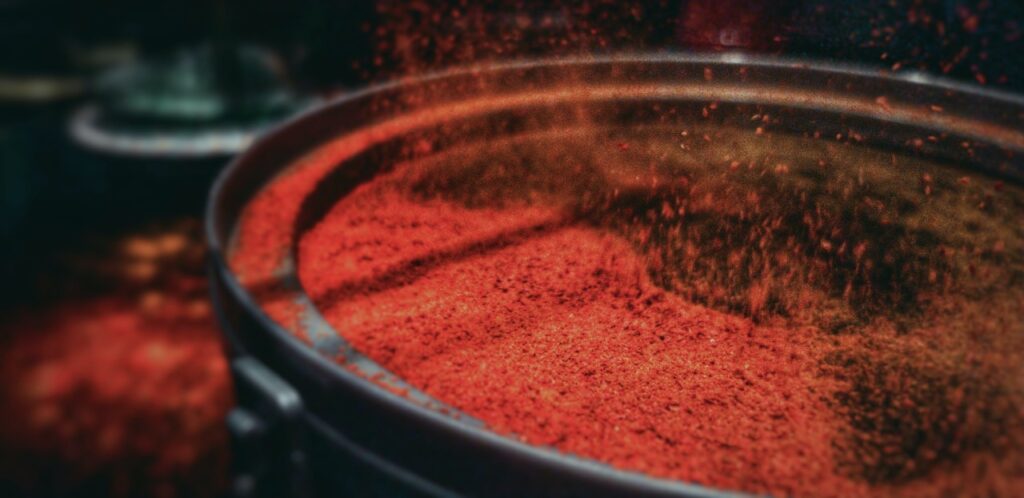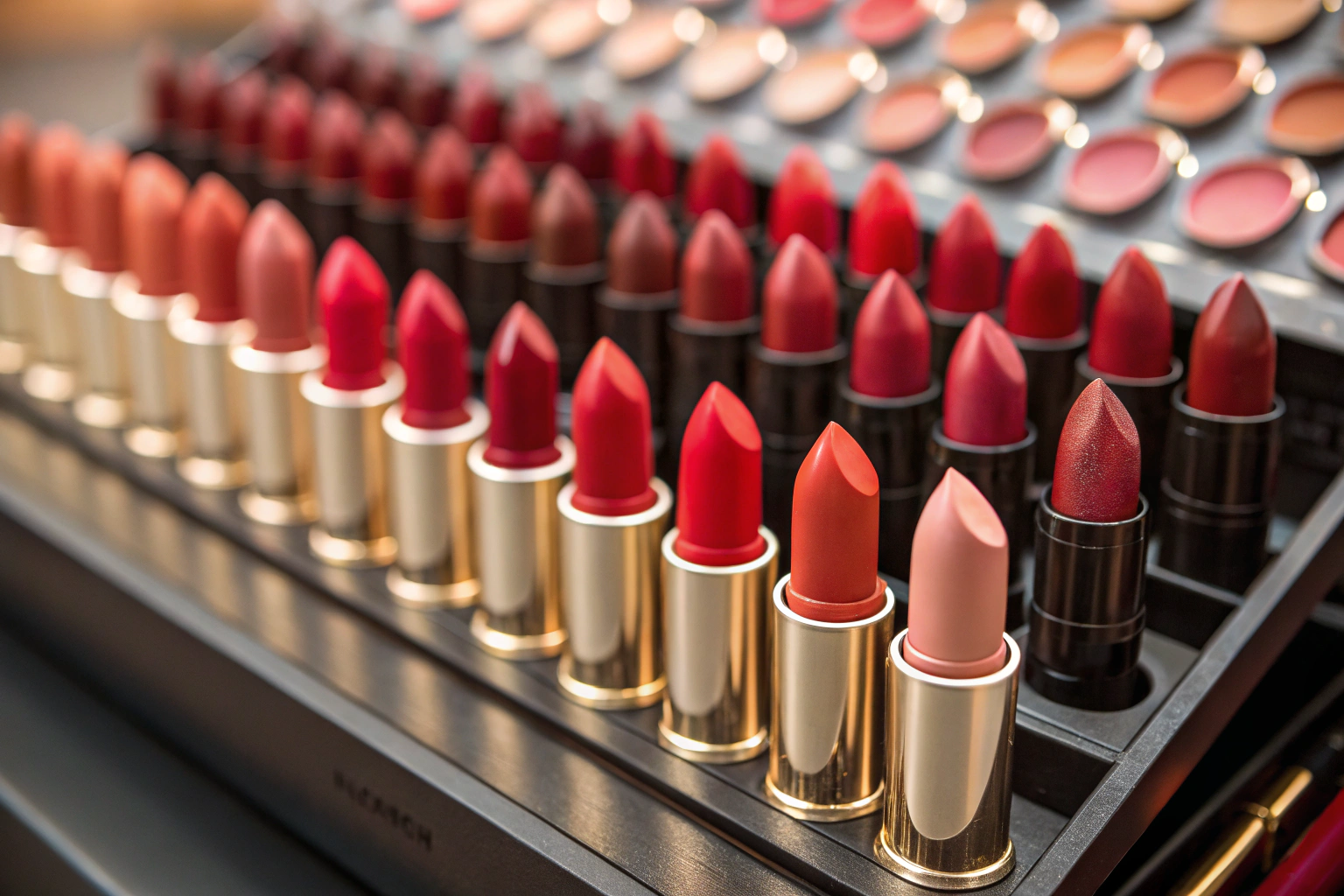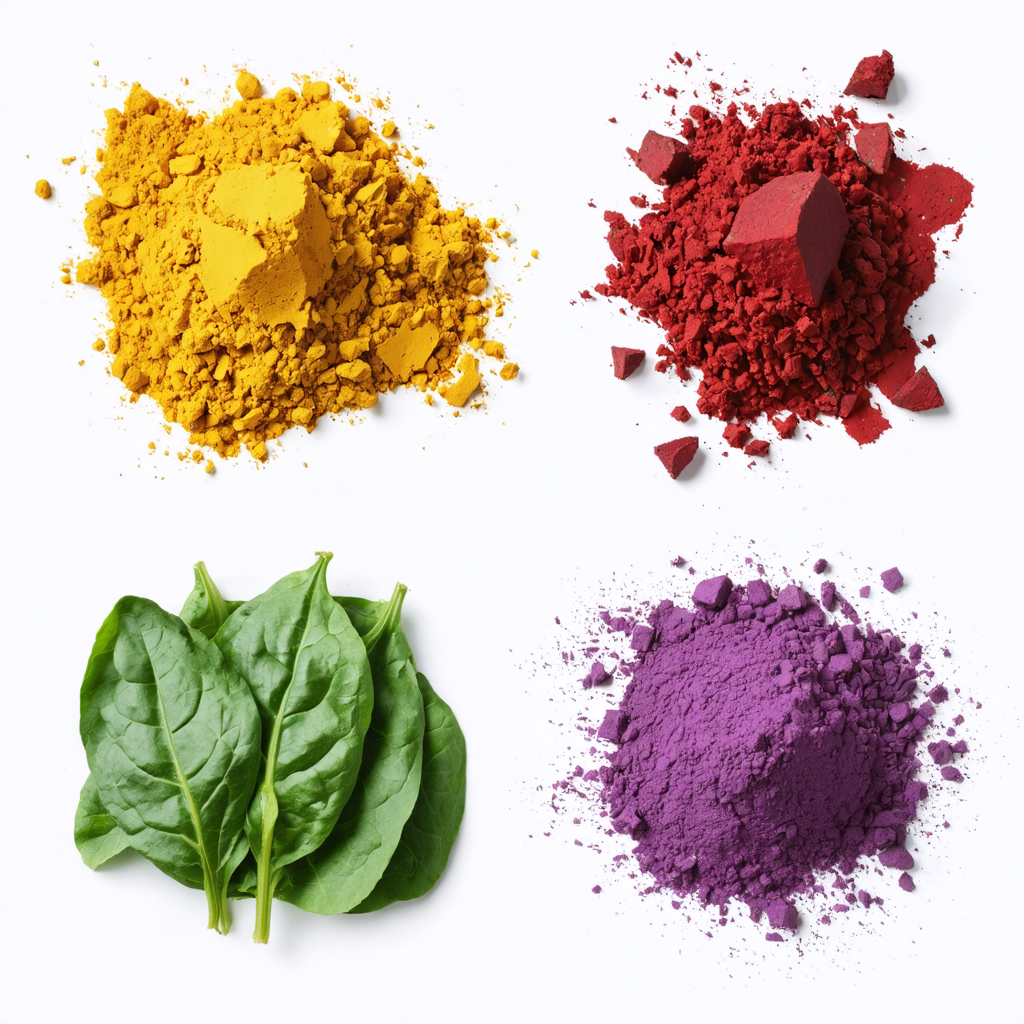Monascus red is a natural dye made from red yeast rice and extracted using ethanol. Due to its excellent colouring ability and good alcohol-solubility in both water and alcohol, monascus red is frequently used in colouring cooked meat products, cakes, fruit or vegetable juice, protein beverages, carbonated beverages, flavouring beverages (including fruit-flavoured beverages, milk-flavoured beverages, tea beverages, etc.), solid beverages, compound wine, pudding, etc.
A safe and natural pigment Monascus Red is frequently employ in the food industry to raise the calibre of the final product, and the results are excellent.
Table of Contents
ToggleWhats red yeast rice extract
- A chemical known as RYRE is obtain from rice after it has been fermented with a yeast species known as Monascus purpureus. It has long been utilize as a traditional medicine in China and other Asian nations. Additionally, it is employ as a food ingredient, colourant, and preservative.
- RYRE naturally includes a number of substances that could lower cholesterol levels. These contain several monacolins, monacolin K being the most significant. Additionally, it contains monounsaturated fatty acids, or “good fats,” sterols, and isoflavones.
Best for Health
Red yeast rice, also known as Monascus red, has been consume and use medicinally in China for thousands of years. It is produce by fermenting Monascus purpureus yeast over red rice. Red yeast rice is use in Chinese medicine to decrease cholesterol, enhance blood circulation, and enhance digestion.
For Coloring the meat
Currently employed in the preparation of meat products, monascus pigment is being studied as a potential food ingredient.
The supply is unstable, the production costs are high, and other pigment extraction is constrain by production circumstances and seasons, making it difficult to promote widely. Additionally, because erythromycin is a microbial metabolite and there are few affecting factors, there is a lot of opportunity for effort.
The pigments from Monascus do, however, have issues with safety, sunlight resistance, and water solubility.
When applied to meat products, monascus pigment boosts the added value of the final product. It also works in conjunction with other bacteriostatic agents to improve the effect of red yeast and successfully eradicate its flaws.
The in-depth research on red yeast pigment’s ability to successfully replace sodium nitrite and the growing concern about food safety would fiercely encourage the growth of the meat processing sector, produce large economic and social benefits, and improve the food industry.

Whats in the monascus red?
What is present in red yeast rice are
- Plant-based compounds called sterols are known to reduce cholesterol.
- Isoflavones are substances regard as phytoestrogens and antioxidants.
- Monounsaturated fatty acids are consider “healthy” fats because they can lower cholesterol.
What it’s Good For
According to numerous research, red yeast rice lowers high cholesterol. However, the majority of the research have utilise a red yeast rice preparation called Cholestin, which is no longer sold in the United States. Cholestin is still available, however, it is no longer made with red yeast rice. Any red yeast product that contains monacolin must be pull off the market, according to the FDA.
The following research backs up the idea that red yeast rice lowers cholesterol
- In one UCLA School of Medicine study, 83 persons with elevated cholesterol participated.
- In comparison to those taking a placebo, individuals consuming red yeast rice for a 12-week period showed decreased levels of triglycerides (blood fats), total cholesterol, and LDL cholesterol. The levels of HDL (“good”) cholesterol remained stable in both research groups.
- Red yeast rice reduce LDL cholesterol in a study that was present to the American Heart Association. 187 participants in the study had LDL and total cholesterol values that were mildly to moderately elevate.
- According to the study, consuming red yeast rice decreased triglycerides by 24 percent, LDL cholesterol by 21 percent, and total cholesterol by more than 16 percent. Additionally, HDL cholesterol increased by 14%.
- Red yeast rice lower cholesterol levels in another 8-week research of 446 patients with elevate cholesterol when compare to placebo.
- In the red yeast rice group, triglycerides decreased by 34 percent, LDL decreased by 31 percent, and total cholesterol decreased by 22.7%. The red yeast rice group also experienced a 20% increase in HDL cholesterol.
Dosage
Red yeast rice should be take in doses of 1,200 mg twice daily with food. In trials, participants noticed their cholesterol levels dropping after roughly 12 weeks.
However, every product examined in the research that showed red yeast rice helped lower cholesterol all contained sizable quantities of monacolin K. Monacolin K is regard as a pharmaceutical product by the U.S. Food and Drug Administration (FDA), which has determine that red yeast rice products that include more than trace levels of it are unapprove novel pharmaceuticals and cannot be sold legally as dietary supplements.
Due to this, the red yeast rice nutritional supplements sold in the U.S. have little to no monacolin K content and possibly no effect on blood cholesterol levels.
Learn more about our products click here.
Give us inquiry click here.




